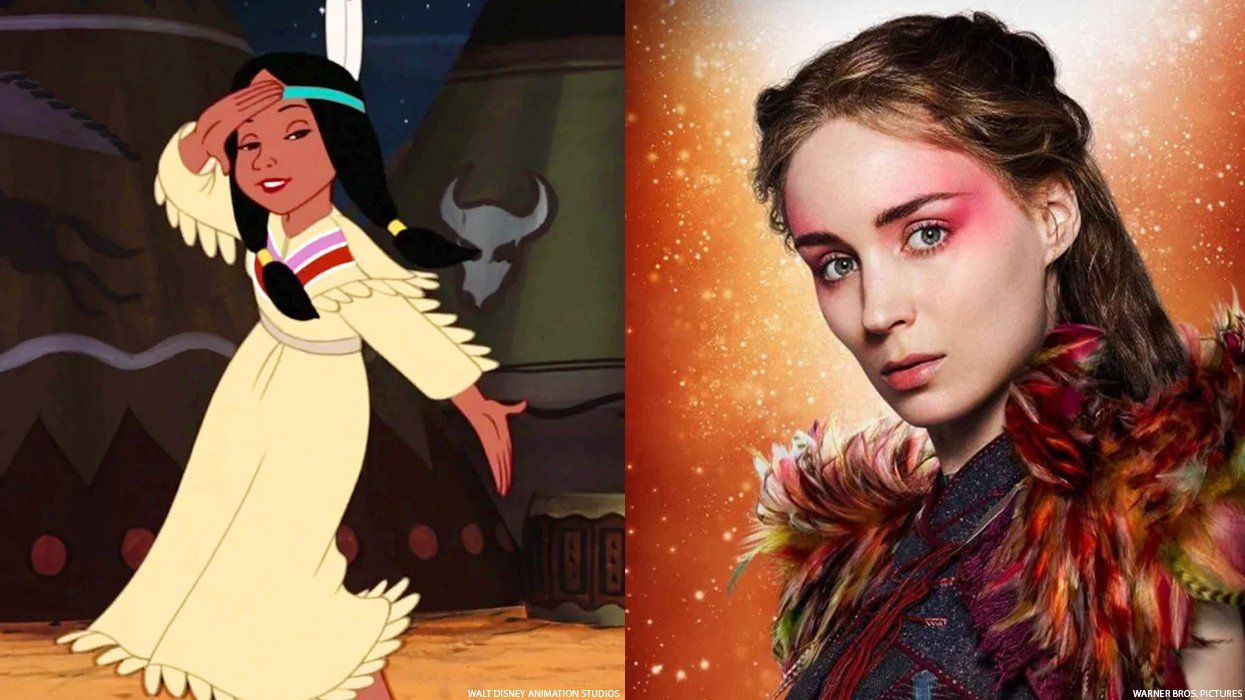For over a century, readers have found magic and whimsy in the stories of Peter Pan, but Native American communities have long criticized the racist tropes used to portray the character Tiger Lily.
Peter Pan first appeared in J.M. Barrie‘s The Little White Bird, though his tale was only featured as a story-within-a-story. Much of the mythos around Peter Pan — including Tinkerbell and Captain Hook — were not added until the 1904 stage play, Peter Pan, or The Boy Who Wouldn't Grow Up, which became the basis for the 1911 novel Peter Pan and Wendy, also published as simply Peter Pan or Peter and Wendy. Both were written by Barrie.
Tiger Lily first appeared in the stage play, but her role was expanded in the following novel. Barrie routinely used words such as “savages” and “redskins” to describe her and her tribe, as well as created a mock Native language for them. Tiger Lily and her people spoke in broken English, and refer to Peter as “the great white father.” The name of their tribe — “Piccaninny" — is a racial slur.
While problematic, Barrie's depictions are regarded by historians as a product of his time —what's more harmful is the modern adaptations that have leaned into those stereotypes and tropes. Disney's 1953 animated film Peter Pan portrayed Tiger Lily as completely silent and needing to be rescued by Peter. It also included a musical number titled "What Makes the Red Man Red?"
In the 2015 film Pan, Rooney Mara portrayed Tiger Lily, and was criticized for "white washing" the character. Other adaptations have sought to do away with Tiger Lily' entirely, such as in Steven Spielberg's 1991 film Hook.
The 2011 limited series Neverland instead cast Indigenous actor Q’orianka Waira Qoiana Kilcher of the Quechua–Huachipaeri. In the newly released Peter Pam & Wendy, Cree actor Alyssa Wapanatâhk portrays Tiger Lily. Wapanatâhk recently told Native Viewpoint that she worked with the director and writers to work in aspects of her culture, even consulting with her grandmother who speaks fluent Cree.
“Making sure that she was authentic was the hugest part," she said, adding, "I wanted to be authentic. I think that’s why we brought my Cree background into it."
- 'Green Colonialism': Indigenous Leaders Decry Western Climate Strategies ›
- Indigenous Fashion Week Is Coming to Salt Lake City ›
- University of Wisconsin Madison Won't Discipline Student For Racist Tirade | AdvocateChannel.com ›
- Little Rock Nine Mark Desegregation Anniversary by Calling Out Black History Restrictions ›
- Nearly 80 Bird Species Names With Racist Roots Are About to Be Changed ›


















































